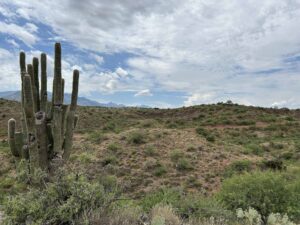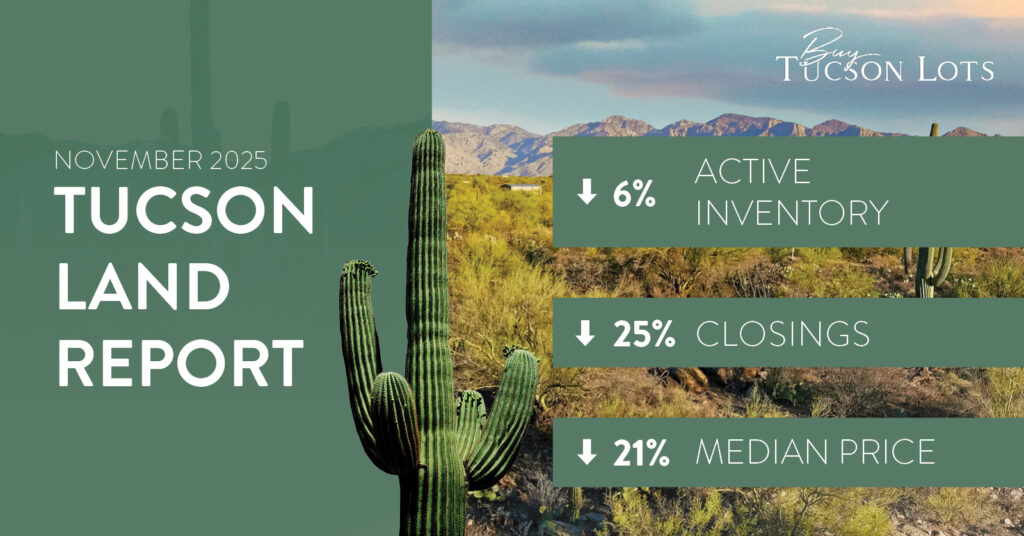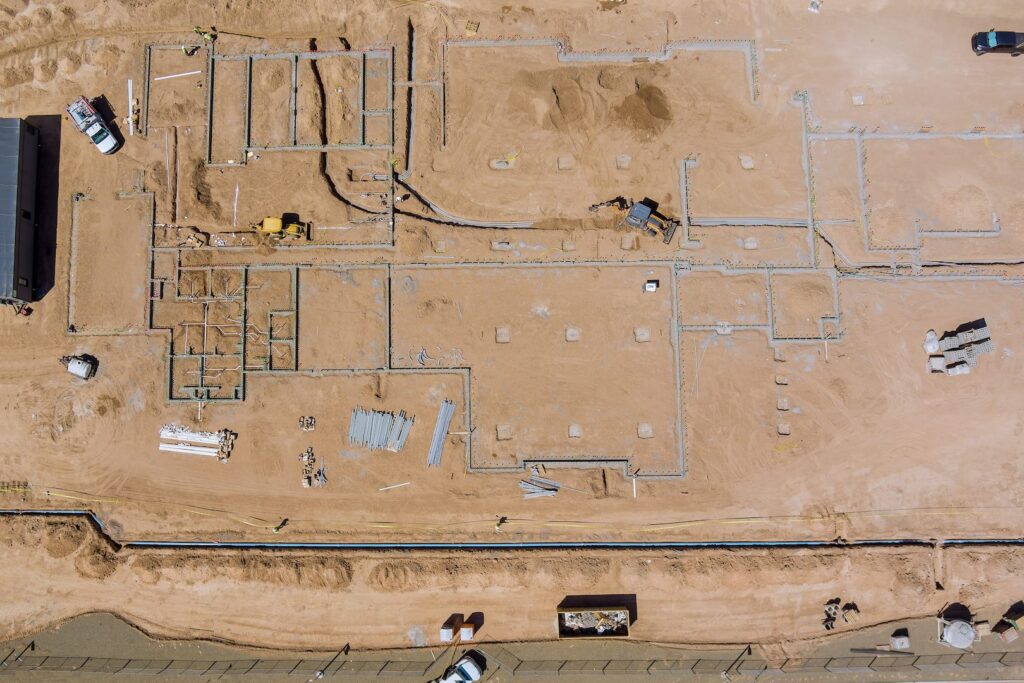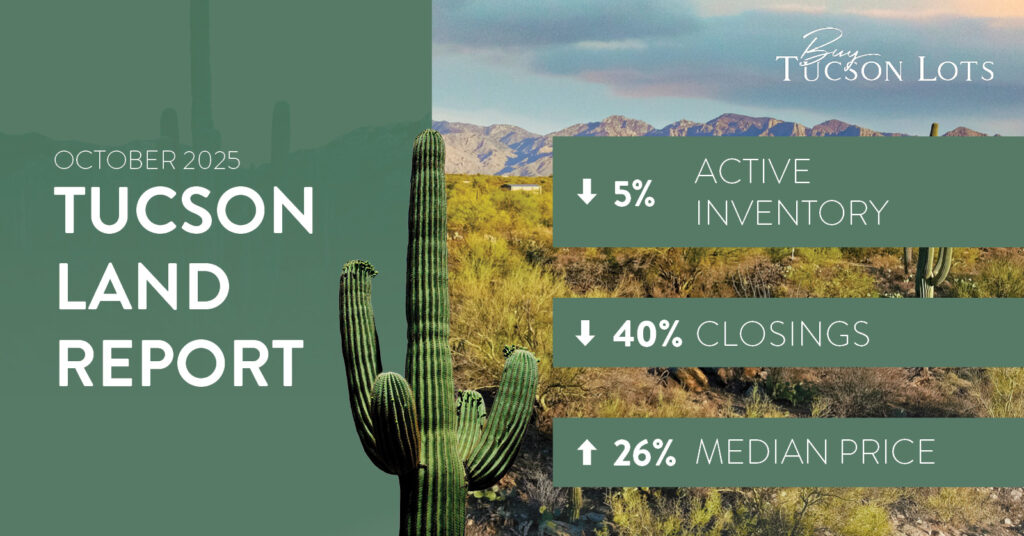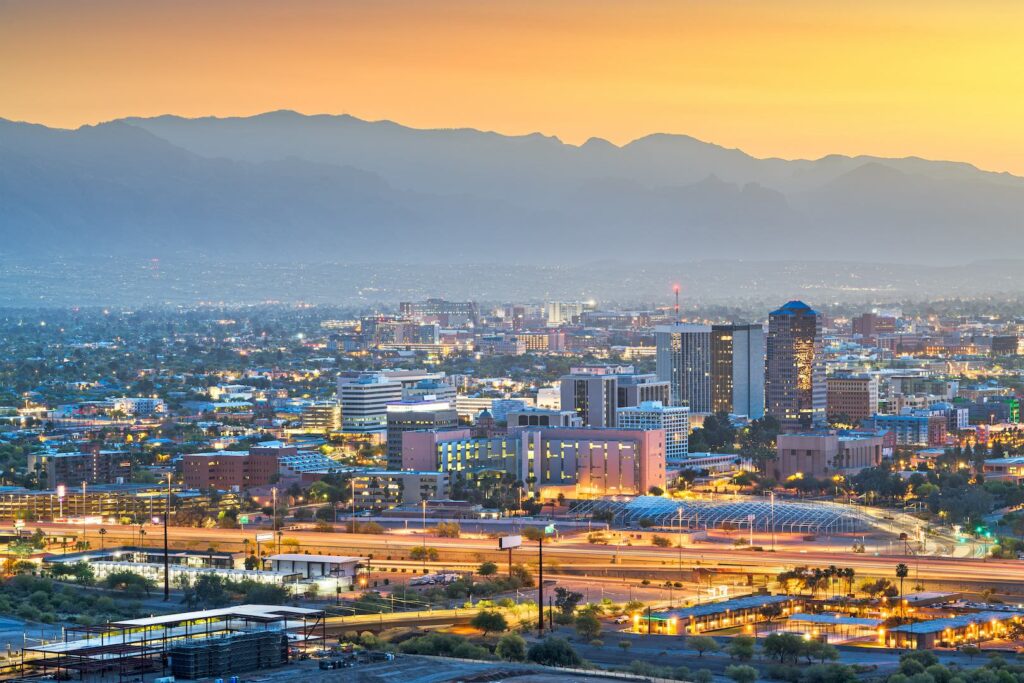Riparian habitat is a valuable resource in the Sonoran Desert. The preservation and restoration of riparian habitat benefits the community by protecting the natural function of a floodplain. This assists in preventing erosion and protecting water quality while providing shade and wildlife habitat. Protection of riparian habitat can benefit common metropolitan issues by increasing groundwater recharge and reducing the urban heat island effect.
Disturbance to riparian habitat is regulated within Pima County.
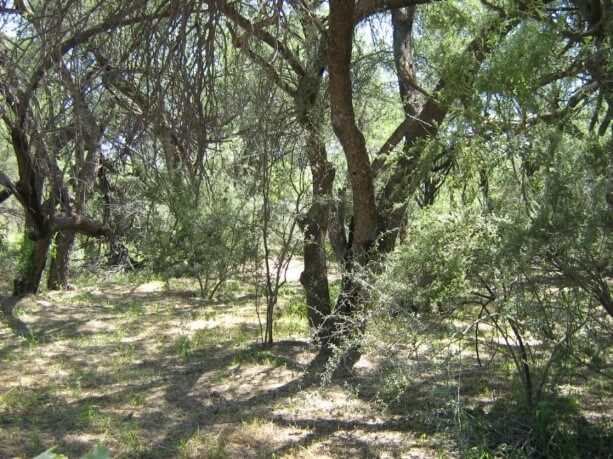
Here are some things to know…
There are three types of disturbance that are regulated under the Pima County Floodplain Ordinance (Ordinance). This first is “complete disturbance” of regulated riparian habitat. Complete disturbance of regulated riparian habitat is defined as any area that has been graded where all vegetation has been removed. The second type of disturbance is “partial disturbance.” Partial disturbance is defined as any area where vegetation has been partially removed. An example of partial disturbance is removal of understory vegetation (grasses and shrubs) while preserving mature trees. This is very common on properties that have horses and livestock. Lastly is “temporary disturbance.” Temporary disturbance is defined as a disturbance where it is expected to eventually return to natural conditions. An example of this is a staging area for the construction of a single family residence. The construction vehicles and materials will compact and often destroy the vegetation within the area. After the construction is complete and the vehicles and material have been removed the vegetation can grow back. The vegetation often does not grow back to the same quality and quantity as prior.
How the Ordinance defines “disturbance” may surprise the public. Activities that are considered disturbance may seem “okay” to a homeowner and actually could create a violation if done within regulated riparian habitat. Examples of disturbances to regulated riparian habitat that are not allowed include:
- Removal of native vegetation, including understory vegetation (small trees, shrubs, perennials, annuals, and grasses),
- Pruning,
- Removal of soil,
- Removal of woody debris, leaves, branches and other organic matter,
- Human encroachments such as fencing, structures and placement of impervious surfaces (i.e.: pavement or sidewalks)
- Parking of vehicles, and
- Placement of fill or other materials on an existing grade.
The following two photos are of properties that reside in regulated riparian habitat. The first photo is an actual violation of the Ordinance. Although it is a nicely manicured yard, placing decomposed granite and removing the understory is a violation of the Ordinance. Intensive landscaping such as excessive pruning and raking is not allowed in regulated riparian habitat. The photo on the right is an example of how property should look when it resides in regulated riparian habitat. The property has not been landscaped, as such provides places for wildlife to forage and live.
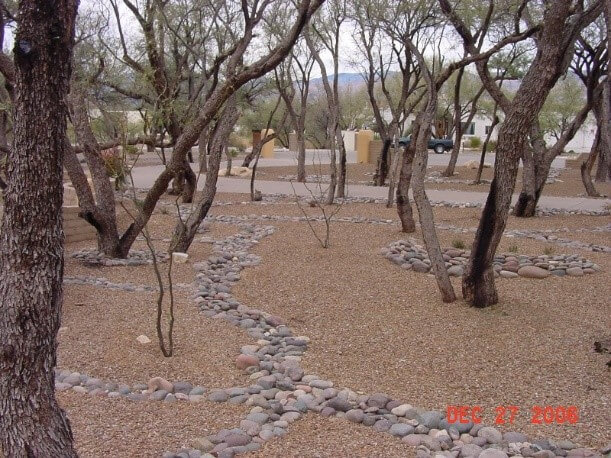
A few disturbances are allowed in regulated riparian habitat:
- Removal of noxious and invasive plants,
- Trimming of vegetation encroaching onto an unpaved path or trail, and
- Removal of vegetation to provide fire protection buffer zones around structures.
Guest Blog by Patricia Gilbert



